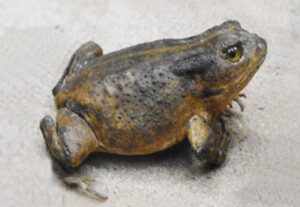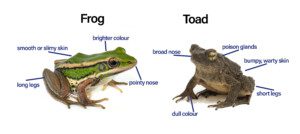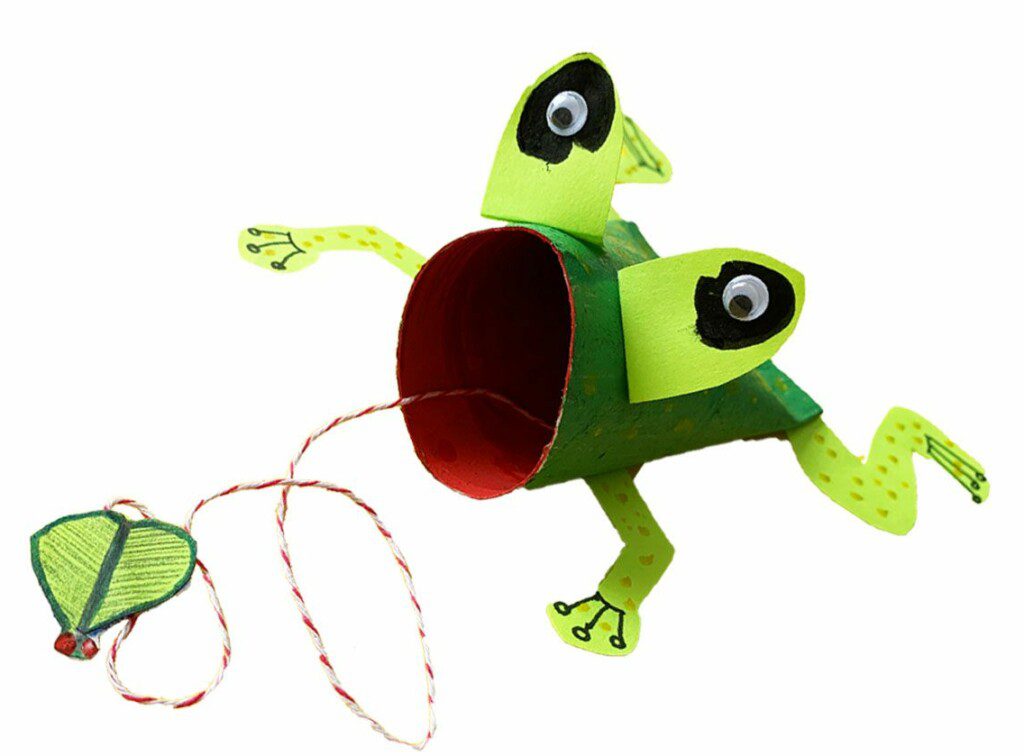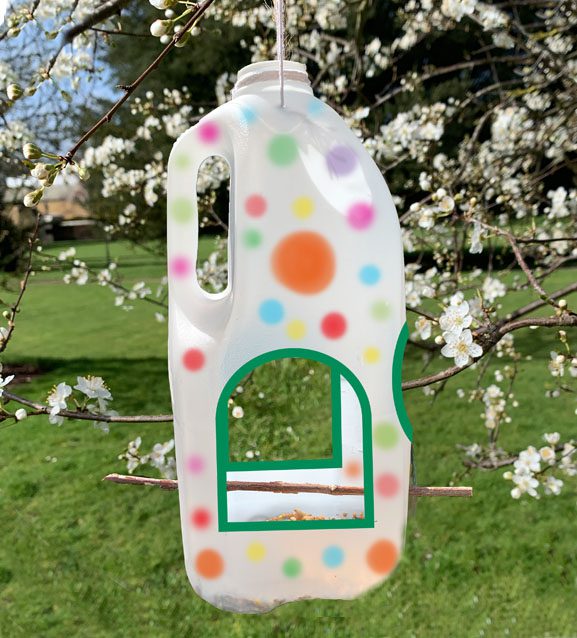Create your own Fabulous Frog Catcher with #MuseumMake – a fun craft activity inspired by The Powell-Cotton Museum.
This #MuseumMake is inspired by one of our smallest objects in the museum. We call this amphibian animal ‘Dave’ and they can be found in Gallery 2. Rachel, our Curator of Natural History tells us that Dave is a Toad, not a frog and most likely an African Common Toad.
Four things you should know about the African Common Toad

Toad Habitat
African Common Toads are found in sub-Saharan Africa in countries that include Angola, Cameroon, Ethiopia, Kenya, Nigeria, and Uganda. They can live in a variety of habitats like grassland, on the edge of forests, and in both the wet and dry parts of the savanna. They are very adaptable amphibian animals.
Toad Appearance
The African common toad is a large sturdy toad with a warty skin that is olive-brown with dark patches. Males can grow up to a length of 91 mm and females can grow up to 130 mm. Some people think frogs and toads are the same. Look at the image below to find out how they are different.

Toad Behaviour
Toads prefer to be alone. They are nocturnal and shelter under tree roots, stones and vegetation during the day. They shed their skin regularly and often eat the sloughed skin. They usually move by walking rather slowly or in short shuffling jumps involving all four legs rather than hopping.
Toads can inflate themselves with air which makes them look bigger to possible predators and too big to be eaten. They also secrete a toxic, foul-tasting substance called ‘bufagin’. This is enough to put off most predators.
Male toads ‘sing’ to attract their own kind. Listen to the audio to hear an African Common Toad.
Toad Diet
Adult toads eat insects, snails, grass snakes, smaller toads and tadpoles. They sneak up on their prey and use their sticky tongues to catch it.
What next?
Create your own Fabulous Frog Catcher with #MuseumMake. Download the PDF below for all the instructions you need.


